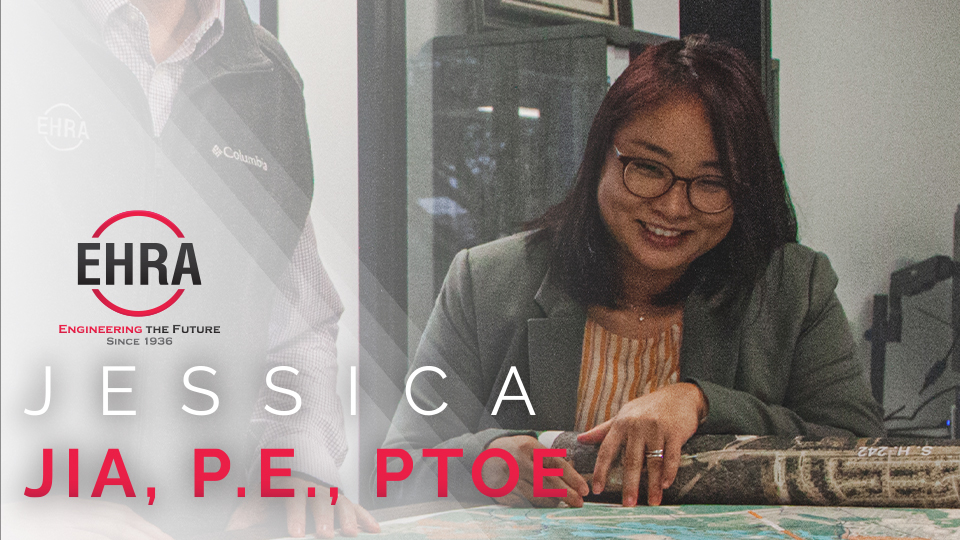

The purpose of this project was to convert the existing at-grade crossing of Brazoria County Road 56 (CR 56) and State Highway 288 (SH 288) into a diamond interchange that includes a new overpass bridge and providing access to the newly developed Meridiana Development. Coordination with TXDOT, area landowners, utility companies, and Brazoria County was integral in obtaining approval and acceptance of the project. The main design challenge for this project was to accommodate double intersections on the west side of SH 288 to tie into existing access roads with two-way traffic and a new southbound on-ramp within a close proximity. EHRA coordinated with TxDOT throughout the project from preliminary concepts for the intersection and bridge through final design and construction. Each component of this project was designed in accordance with TxDOT standards and criteria.
In 2006, Caldwell Companies sought to create Towne Lake as a community where residents and services could be connected by water. Their vision included boat docks and marinas augmenting traditional walking trails to navigate a vibrant residential community. EHRA was the perfect partner to take Caldwell Companies’ vision and create this livable suburban oasis.
EHRA offered its Landscape Architectural services to complete a Parks and Trails Master Plan for the District.
EHRA assisted with the district creation of Montgomery County Municipal Utility District No. 126 to accommodate a ±329 acre master planned community located in northern Montgomery County in the City of Conroe, south of League Line Road, west of Longmire Road, and adjacent to Lake Conroe.
EHRA worked with the District to create a comprehensive Parks Master Plan, which included recommendations for the development of over two miles of hike/bike trails adjacent to local streets, and within flood control and utility pipeline easements. The District began implementation of the Plan by prioritizing the beautification of West Road, a major arterial street that runs through the District.
As a traffic engineer with 14 years of experience in transportation planning, operation analysis, and transportation facility design, a common thread throughout all my projects is the act of creating connections. The most rewarding part of being a traffic engineer is seeing the infrastructure we design come to life and serve the public. For example, I have designed improvements to many school crossings in the past, and seeing young children utilize the crossings safely and efficiently brings me joy. Protecting people is my passion.
One prominent way I create connections in my design work is by applying the complete streets concept to serve multimodal traffic needs and promote neighborhood revitalization. Complete Streets is an approach to designing streets that enables safe access for all users, including pedestrians, bicyclists, motorists, and transit riders. This approach also emphasizes the needs of individuals and communities that have experienced systemic underinvestment and those whose needs have not been met through a traditional transportation approach, such as older adults, people living with disabilities, and people who don’t have access to vehicles. I aim to better define roadway characteristics and balance services for all roadway users.
When I first came to America in 2004, I was impressed by the sophisticated and well-connected roadway networks here. This first impression was the impetus for my interest in engineering. I chose traffic engineering as my primary discipline because I consider it the most “alive” form of engineering. As traffic conditions are continuously moving and changing, the solutions we deliver must be active and dynamic. I am motivated to generate new ideas that improve the flow and order of roadways. I enjoy fixing issues, such as bottlenecks, that prevent optimum flow and connection. It is satisfying to design ways to keep people in motion and connected to their destinations.
Modern roadways serve many secondary functions, such as utility or drainage corridors, but my intent during planning and design is to encourage more focus on the primary functions of roads – travel, mobility, and accessibility. The biggest challenge in my day-to-day work is creating solutions that function within a project’s limited right-of-way and budget. The EHRA traffic engineering team is never lacking innovative concepts, but implementing our inventive designs while minimizing cost and maintaining the integrity of existing services can be difficult at times.
Another career focus for me is safety improvement practice and research. As a Registered Roadway Safety Professional (RSP), I volunteer and advocate for Vision Zero Houston, a program that prioritizes safety and accessibility in street design for people of all ages and abilities. I am a backup committee member for the Human Factor in Infrastructure Designs Committee, and I share comments with the City of Houston’s High Injury Map. Participating in and promoting Vision Zero Houston helps me stay current, enriches my knowledge, and reinforces my commitment to my work. Perhaps most importantly, volunteering for Vision Zero Houston generates new relationships within the industry and enhances the connections I have already created.
